Dysdercus cingulatus (red cotton stainer)
Identity
- Preferred Scientific Name
- Dysdercus cingulatus (Fabricius, 1775)
- Preferred Common Name
- red cotton stainer
- Other Scientific Names
- Astemma koeningii Blanchard, 1840
- Cimex cingulatus Fabricius, 1775
- Dysdercus megalopygus Breddin, 1909
- Lygaeus cingulatus (Fabricius, 1794)
- Pyrrhocoris koeningii Burmeister, 1835
- International Common Names
- Englishcotton bug, redcotton stainer bugred cotton bugred seed bug of Malvaceae
- Spanishchinche manchadora
- Frenchpunaise du cotonnier
- Local Common Names
- NetherlandsKapokwantsKatoenwants, roodeKlentengwantsKleutengwants
- EPPO code
- DYSDCI (Dysdercus cingulatus)
Pictures
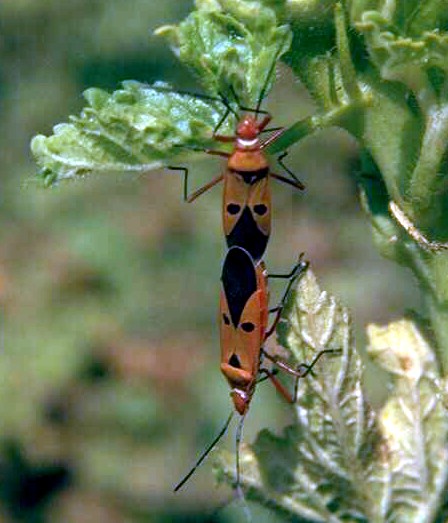
Adults on okra
Adults are 12-18 mm long and 3.5-5.5 mm wide.
©AgrEvo
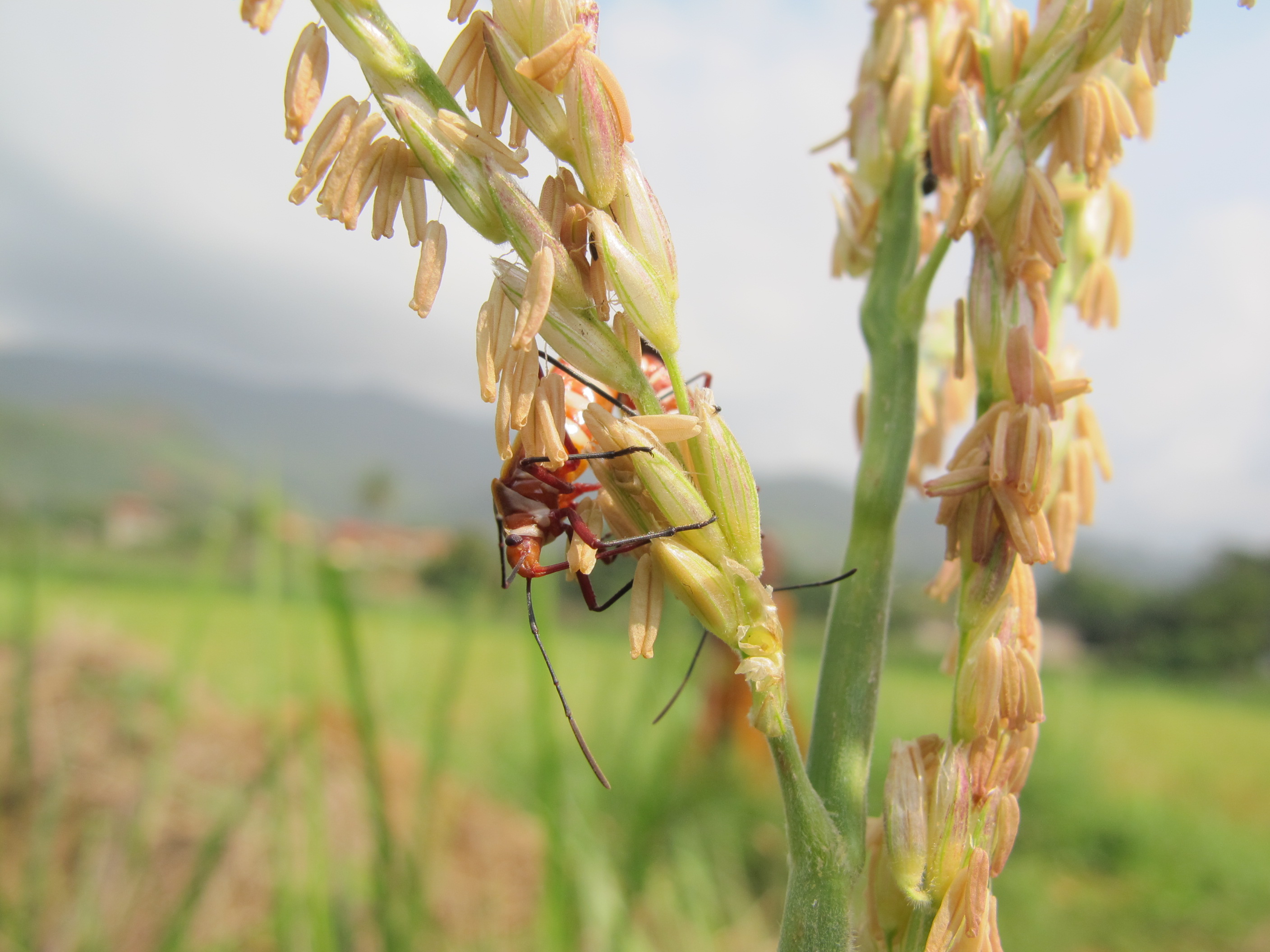
Dysdercus cingulatus
Cotton stainer feeding on maize anthers
"Wade Jenner, CABI"
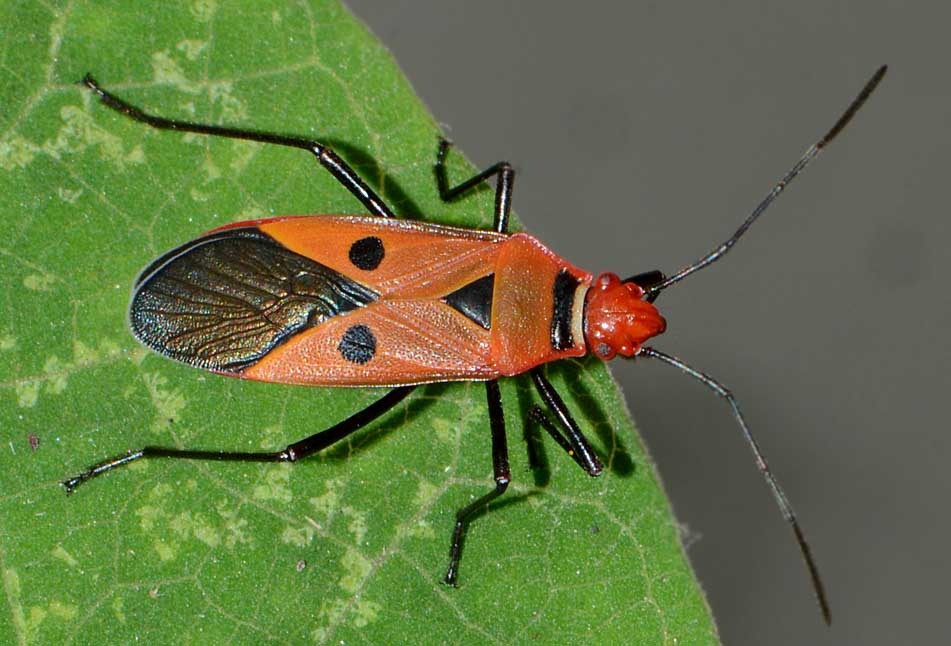
Dysdercus sp.
Red cotton stainer
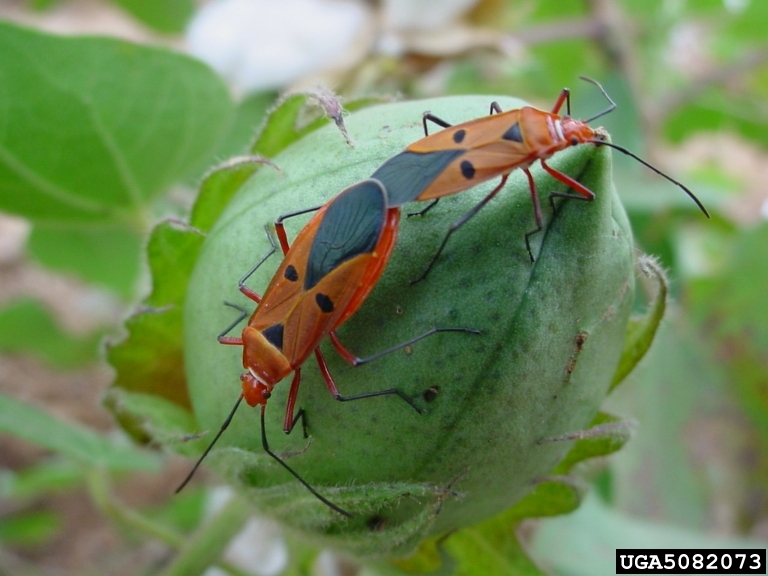
Dysdercus cingulatus
O.P. Sharma, bugwood.org
Refer to Bugwood: http://www.bugwood.org/ImageUsage.html
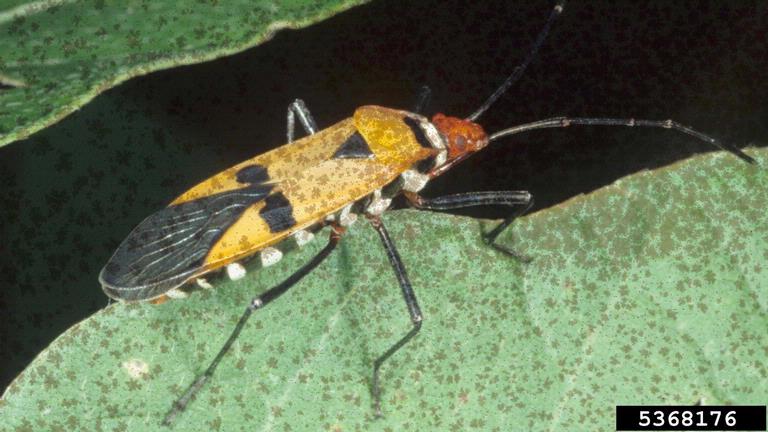
Dysdercus cingulatus
Merle Shepard, Gerald R.Carner, and P.A.C Ooi, Clemson University, bugwood.org
Refer to Bugwood: http://www.bugwood.org/ImageUsage.html
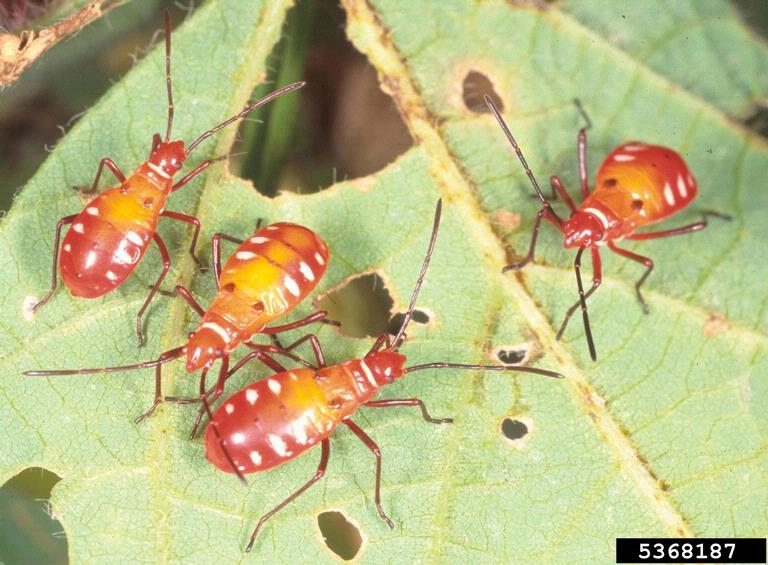
Dysdercus cingulatus
Merle Shepard, Gerald R.Carner, and P.A.C Ooi, Clemson University, bugwood.org
Refer to Bugwood: http://www.bugwood.org/ImageUsage.html
Distribution
Host Plants and Other Plants Affected
| Host | Host status | References |
|---|---|---|
| Abelmoschus esculentus (okra) | Main | |
| Abelmoschus moschatus (musk mallow) | Other | |
| Abutilon indicum (country mallow) | Unknown | Babu (2009) |
| Bombax ceiba (silk cotton tree) | Other | |
| Brassica juncea (mustard) | Unknown | Babu (2009) |
| Ceiba pentandra (kapok) | Main | |
| Citrus | Unknown | |
| Corchorus (jutes) | Main | |
| Corchorus capsularis (white jute) | Main | |
| Gossypium (cotton) | Main | Babu (2009) |
| Hibiscus (rosemallows) | Main | |
| Lantana camara (lantana) | Unknown | Babu (2009) |
| Saccharum | Unknown | Babu (2009) |
| Tectona grandis (teak) | Other | |
| Thespesia populnea (portia tree) | Other | |
| Zea mays (maize) | Main | Babu (2009) |
Symptoms
An early indication of attack by D. cingulatus is the feeding damage caused by adult and nyphs on the flower buds and seeds of cotton. Feeding of this and other species of Dysdercus on cotton bolls causes the boll to abort and shed (Pomeroy and Golding, 1923) (see Economic Impact).
List of Symptoms/Signs
| Symptom or sign | Life stages | Sign or diagnosis |
|---|---|---|
| Plants/Inflorescence/fall or shedding | ||
| Plants/Seeds/external feeding |
Prevention and Control
Cultural Control
Some cultural methods may reduce damage caused by D. cingulatus in cotton. One of the most effective methods is the removal and destruction of all standing cotton by a fixed date, as soon as the cotton has been picked and ceased to bear any profitable yield (Pomeroy and Golding, 1923). The elimination of trees, such as Bombax, and other wild malvaceous plants is also strongly recommended.
Some cultural methods may reduce damage caused by D. cingulatus in cotton. One of the most effective methods is the removal and destruction of all standing cotton by a fixed date, as soon as the cotton has been picked and ceased to bear any profitable yield (Pomeroy and Golding, 1923). The elimination of trees, such as Bombax, and other wild malvaceous plants is also strongly recommended.
Chemical Control
Due to the variable regulations around (de-)registration of pesticides, we are for the moment not including any specific chemical control recommendations. For further information, we recommend you visit the following resources:
•
EU pesticides database (http://ec.europa.eu/food/plant/pesticides/eu-pesticides-database/)
•
PAN pesticide database (www.pesticideinfo.org)
•
Your national pesticide guide
Impact
The boll is the only part of the cotton plant that is attacked by D. cingulatus (Pomeroy and Golding, 1923). When the bolls are ripening and the carpels opening, the bug inserts the rostrum between the carpels and sucks the juices from the soft and developed seeds, injuring the cotyledons and causing the seed to wither and the lint to be uniformly stained. In many cases the fibre does not mature and expand but remains adhered together causing the lint to become quite valueless.Dysdercus species are thought to be the most serious pests of cotton (van Doesburg, 1968). In piercing the boll they introduce microorganisms which cause the bolls to rot, or the lint to become discolored, hence the common name 'cotton stainers'; this greatly reduces yields in cotton-growing countries.
Information & Authors
Information
Published In
Copyright
Copyright © CABI. CABI is a registered EU trademark. This article is published under a Attribution-NonCommercial-NoDerivatives 4.0 International (CC BY-NC-ND 4.0)
History
Published online: 17 November 2021
Language
English
Authors
Metrics & Citations
Metrics
SCITE_
Citations
Export citation
Select the format you want to export the citations of this publication.
EXPORT CITATIONSExport Citation
View Options
View options
Get Access
Login Options
Check if you access through your login credentials or your institution to get full access on this article.


